NOTE: I am not a doctor, Registered Dietician, or a care provider of any kind. These are what research and my own personal experiences have taught me. Always consult with your provider for any questions you might have.
The two most common reasons people stop taking a GLP-1 medications such as Mounjaro and Zepbound (tirzepatide) or Ozempic and Wegovy (semaglutide) are financial and because of side effects. I wish I had information about affording the meds, but hopefully the manufacturers will lower the prices so everyone can afford to get healthy.
What I can help with is the side effects. Yes, the side effects can be everything from uncomfortable to annoying or painful to unbearable. However, many of the side effects can be mitigated with dietary changes, lifestyle changes, and with a new mindset.
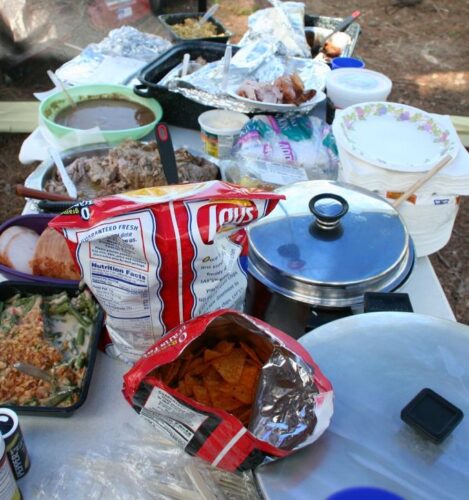
Many of us needing to get healthy by losing weight must remember the side effects (life effects!) of being unhealthy and fat. Our fat is killing us, and even if we sometimes can’t see the side effects for decades, they are there. In a separate post, I will describe what those side effects are and rationalize why the medications’ side effects might be worth enduring and working with so you never have to experience the consequences, not side effects, of the Diseases of Obesity and Overweight.
These that I share below are but a tiny few. I will take on some of the other side effects soon. If you have one in particular you want addressed, let me know in the comments.
Here we gooooo!
A Few Side effects of GLP-1s + Ways to Limit Them
The first thing to know about many of these side effects, especially nausea, vomiting, gas, and constipation are common with starting GLP-1s as well as when you titrate up to the next dose. So is feeling tired (or even exhaustion) as well as feeling low or sad, which I will talk about in a separate post. The symptoms should subside with time, and if they do not, speak with your provider to see if there are other causes beyond the typical ones I talk about below. It can’t hurt to get some labwork done to see if you might be anemic or low on Vitamin D and have those issues addressed. The most important thing with all of these is to give the medication time and try these solutions before stopping them. Too many folks are just quitting at the earliest sign of discomfort or difficult situations. There is help for many of them and some of that help is medical.
And honestly, getting used to discomfort can be valuable with these meds. I mean, it sucked to be on diets and horribly demoralizing to regain the weight back when they failed. With GLP-1s, you might feel slightly nauseous when you think about eating, but it keeps you from eating crap food, right? That’s a good thing!
Onward!
Nausea
This is perhaps the most common reason people stop the medications. Here, I share several ways to mitigate the issue of nausea.
Eat lightly and eat quality foods! Also know as “clean eating.”
Do not eat-
- Fried foods
- Takeout/take-away
- Buttery cream sauces like Alfredo sauce
- Spicy foods
- Very sweet foods, including chocolate, sweet & sour Asian dishes, desserts, juices of all kinds because some fruits like citrus, apples and pears contain a lot of sugar
- Diet foods or drinks… especially ones that contain sorbitol or xylitol – sugar processes in our guts differently than most foods and can cause cramping and gas.
- Many people have lactose intolerance and don’t even know it. Milk, protein drinks with milk products, cheese, cheesecake (which combines both sugar and cream cheese), and ice cream can cause upset stomachs with cramping. If you are experiencing nausea or stomachaches, try eliminating all dairy from your diet and see if that might be one of the culprits of nausea.
You might be asking yourself, “What can I eat? Will I be able to eat anything that tastes good again?” If you look at the above “Don’t Eat” list, you will see many, if not most, of the foods are not the healthiest for our bodies. We know this because we have had a life of dieting behind us after eating all those foods. We thought we were eating the “good” things in life. But, look what they did to our bodies. Yet another aspect of eating so richly, those foods, most of which are Ultra-Formulated Foods (UFF). When we eat these UFF, our brains’ become trained to eat those types of food. Obesity and Overweight short-circuits our metabolism as well as our brain. These medications can re-connect the pathways towards eating better… great… healthy… foods. After “de-toxing” from these UFF, real foods finally begin to taste better.
Another way of thinking about nausea is it’s negative reinforcement when eating these UFF. If you eat a certain food that makes you feel sick to your stomach, perhaps you won’t eat that again. If you don’t eat it again, perhaps you won’t have nausea. I believe this is one of the best aspects of the medication; demonstrating which foods are, and are not, the best for your body.
What if you are eating the better foods for your body and still have nausea? Here are some ideas you might try to mitigate it.
- Anti-nausea medications: Your care provider can prescribe anti-nausea medications. It isn’t unusual to prescribe them when people are just starting GLP-1s. You can ask for them to keep on-hand just in case. These include Ondansetron (Zofran), metoclopramide (Reglan), prochlorperazine (Compazine), and promethazine (Phenergan). Your country might call the medications by different names, so check Google so you can ask your provider the proper meds. If you become extremely ill and have to go to the Emergency Room/Accident & Emergency Room, they can give you some of these medications through an IV. They work fast and you still might be prescribed a medication to take at home.
- Seasick Bands: For a non-prescription and non-medication solution, try these. They work wonders for those who get motion-sick while flying, in cars, or boats.
- Alcohol: Inhaling an alcohol wipe or a small bit of alcohol on a cloth periodically can sometimes help.
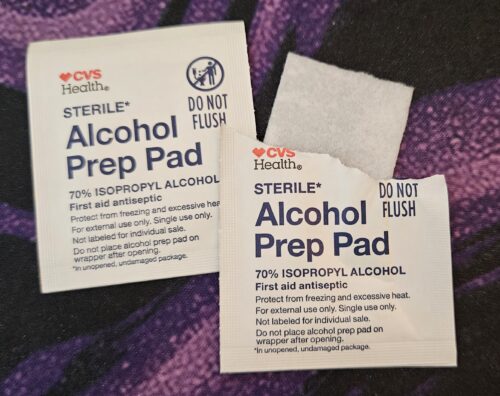
- Papaya Tablets: These are a common aid for pregnant women. Papaya tablets can be used for nausea, stomach upset, and gas. NOTE: Papaya is a common fruit allergy (I have it). If you are allergic to Latex, you are allergic to several tropical fruits, including papaya. If so, don’t use this remedy!
- Peppermint or Ginger Tea: All teas can soothe an upset stomach, but Peppermint and Ginger Tea are especially calming.
Vomitting
Speak to your provider regarding vomiting, especially if it is frequent. Don’t wait until you are listless or sore before asking for help!
- Chew your food well. Eat slowly. Some people vomit because food gets “stuck” and the body wants to get it out. If you chew well, that issue ceases to exist.
- Eat lightly (following the information in the Nausea section).
- Stay hydrated, taking sips of water frequently… do not gulp!
- Add electrolytes to your water and sip, not gulp. But sip frequently. This will also keep you from becoming dehydrated.
Gas/Wind
Many foods can cause gas including when you begin to add fiber to your diet after not having eaten as much fiber before.
- Be cautious of vegetables, especially when raw
- Beans of all kinds
- Popcorn
- Many cereals including oatmeal/porridge
More information on fiber will be in the Constipation section.

Sulphur Burps:
The foods that can cause nausea sit in your stomach and ferment, causing the awful smell of the burps. Once again, not eating the list of foods in the nausea section can help tremendously.
I’ve found that Brits tend to have more sulphur burps than those in the States. Looking at anecdotal information, sulphur burps were much more common here two and three years ago, right as the GLP-1s were introduced. Great Britain has just begun using GLP-1s so, I hypothosize, you all there are just learning how to mitigate this nasty side effect. I also hypothosize that the street and take-away foods you have are extremely greasy and fatty, also causing the fermentation of food in your stomach. It has to go somewhere, so it goes out one way or another.
- Eat slowly and purposefully. When you eat quickly, you can swallow air at the same time.
- Eat small meals earlier in the day so you aren’t sleeping on a full stomach.
- Walking after you eat can help with digestion and release any air you have trapped in your stomach.
- Sitting upright can help the gas to not be trapped mid-way down the digestive tract, allowing it to give you gas instead of burps. If you’re not eating the greasy or gassy vegetables, the gas you expell will, hopefully, not smell like that awful sulphur.
- Avoiding sodas/fizzy drinks can help tremendously.
- Alcohol can also irritate the stomach acids.

There are several over-the-counter remedies for gas.
- Simethicone (Beano, Mylanta, Tums Gas X / Wind-eze, WindSetlers, Infacol, Dentinox Colic Drops)
- Antacids (Tums, Mylanta, Rolaids, Alka-Seltzer / Gaviscon/Gaviscon and Rennie)
- Lactase Supplements: This is effective for those with Lactose Intolerance.
- Teas, including ginger, peppermint, and chamomile
- Ginger supplements
Constipation
One of the most common side effects, along with stomach issues, is constipation. I don’t hear many people quitting the meds because of constipation, but it sure can be annoying.
When I started taking Mounjaro, I had constipation after nine months of diarrhea on Trulicity (dulaglutide), so I had a lot to learn. Constipation is the only side effect I have ever had on Mounjaro. (I know. I am very lucky!)
If constipation becomes a serious issue, not having a bowel movement (BM) for three days, call your provider for instructions. Constipation becomes really serious after a week. That can be ER/A&E time. If you have stomach pains, vomiting, or rectal bleeding. Get thee help immediately.
Because so many hear about the constipation, we are all are trying to avoid it at all costs. Right from the start, folks are by eating a lot of artificial fiber supplements: Fiber Gummies, Fiber capsules, Fiber pills, Fiber powders, etc.
However, contrary to all the extra fiber helping to avoid constipation, it can actually cause the constipation you’re trying not to get and create blockages even worse than the GLP-1s. To bypass that problem, it helps to add small bits of fiber at first and gradually work your way up, listening to your body. It can take weeks to find the right balance between fiber needs and comfortable bowel movements. Take your time.
You can find a slew of products on almost every GLP-1 YouTube, TikTok, or Instagram channel, so I will just drop a couple of links that review different types of fiber. You choose what might work best for you.
- The 8 Best Fiber Supplements for Constipation and Health
- “I find it hard to eat enough fruits and vegetables.
Is there any harm in taking a fiber supplement every day?” - The 9 Best Fiber Supplements of 2025, According to 7 Registered Dietitians
In the meantime, I will share what has worked for me and several of those around me. My daughter Meghann, also on tirzepatide, has done a lot of research and shared what she learned with me about constipation.
- These are unsponsored products and I get no money from either type of anti-constipation supplements, but they work well for me and many others. I’d already found Organic Ocean Better Fiber (sold on their website as well as on Amazon, not an affiliate) and it helped some. The ingredients are Psyllium Husk and Slippery Elm (which always sounds promising to me). Too much of the Psyllium Husk can be constipating. More is not always better. The directions say to take 3 capsules a day and that’s what I take.

- The other supplement is Global Healing Oxy-Powder, also on Amazon. The active ingredient is Magnesium, a common mineral and often associated with helping with constipation; think Milk of Magnesia. Oxy-Powder recommends 4 capsules a day, but Meghann and I encourage starting with one, and then take two a couple of days later if you are not pooping every day. Then try three, then four. I have taken five capsules a couple of times when I had not gone in two or three days. Meghann started with 3 capsules and that very day, she spontaneously pooped in her underpants, no notice whatsoever. This is the reason to start the magnesium slowly. I have never had diarrhea on Mounjaro, only constipation, so I have not had any poop accidents.
- I usually take a hefty dose of Milk of Magnesia (aka MoM) once a week, two days before Weigh Day, to get as much cleared out as possible.
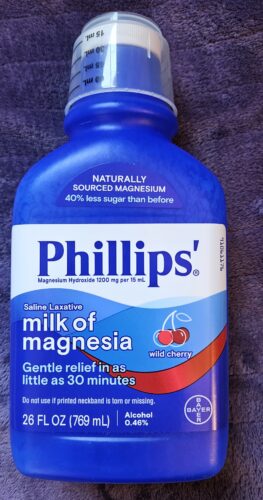
- I also have two bottles of Magnesium Citrate in the refrigerator (you can buy this in any pharmacy over-the-counter) for extreme constipation. Believe me, it works. Mag Citrate is only for occasional use, not for chronic constipation issues Those are for your care provider to help you with.
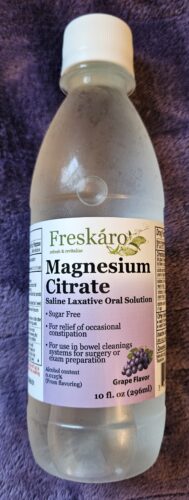
Diarrhea
At the risk of sounding like a repeating parrot, one of the main ways to avoid any GI effects, including diarrhea is eating well.
- Avoid foods high in fat
- Avoid foods that are fried
- Avoid foods high in sugar
- Be wary of milk and milk products. If milk and milk products seem to be causing gas and diarrhea, consider that you might be lactose intolerent.
To see if you are having diarrhea because of a certain food, one way to see if that is true is by eliminating one food type at a time and see what happens. Then, after a few days, reintroduce the food. If you, once again, have diarrhea, then you know what the culprit is. When you do this with a variety of foods and you detect a pattern, that can help you avoid those foods that are irritating your bowels.
If you do have diarrhea, it is crucial that you stay hydrated. Adding electrolytes can be helpful as well. If you have any chronic conditions like Chronic Kidney Disease, please discuss electrolytes with your care provider. There are a plethora of places you can buy electrolytes, including Amazon. Some of them are super-salty (which I do not like at all) and, with others, you can’t taste the salt at all. Check different forums and social media sites to see which are which and what people like the most. I use Propel powder that I mix with my water every morning after working out.
If the diarrhea continues, you might consider Over-the-Counter remedies.
- Loperamide (Immodium AD / Norimode)
- Bismuth subsalicylate (Pepto-Bismol)
And again, if you need more help, call your provider. Diarrhea can get medically serious much quicker than constipation does. Stay hydrated!
Fatigue
While all of the above side effects can be everything from annoying to dangerous, one of the most debilitating side effects can be fatigue. It isn’t unusual to hear that people can’t go to work or take care of their house or families for a couple of days after giving themselves their shot. Why is that?
- When Starting GLP-1s: It’s good to remember that, when you begin giving yourself your GLP-1 injections, that this is a brand new substance in your body. Yes, the body does have it’s own GLP-1 receptor agonists, but they are only active for about two minutes. The ones in our pharmaceutical GLP-1s last for a week or so. Our self-made GLP-1 receptors are not only in our gastrointestinal tract, but also in our brain, pancreas, lungs, cardiovascular system, and kidneys. Our body can need some time for adjustment to all these changes, because the GLP-1s we are taking are shifting things around in all of those areas. The body can be working hard to up the production.
- Titrating Up: When folks titrate up from one dose to another, they sometimes get tired for a couple of days. The being tired often goes away after a couple of days with that dose. You’ll find the rhythm that happens with your body.
- Timing Your Shot: If you experience fatigue after your injection, you might consider changing when you take that shot. The most common shot days are Thursday or Friday nights, depending on when your weekends are. That way, you are able to sleep over the weekend.
- How Foods Can Affect Your Drowsiness: Something a lot of people don’t think about when it comes to being tired when on GLP-1s is the way food impacts your body. It might seem odd, but taking GLP-1s shifts your body’s chemistry and some foods that once were fine now might be causing exhaustion. For example:
- Carbs
- Alcohol
- Sugar
- Fried Foods
While I do have Type 2 Diabetes and have a pretty good handle on what affects my blood glucose… moods and energy… newer people on GLP-1s might not have any idea that glucose swings can have a significant effect on their bodies. This includes hypoglycemia.
- Hypoglycemia
When the body doesn’t have enough glucose (sugar) to keep the brain going, fatigue and even exhaustion can hit hard. When we start GLP-1s, we tend to eat so much less than we did before and our body freaks out a little bit. It’s very challenging to eat because of the meds all on its own, but the feeling of control, often for the first time, can feel freeing. At this early stage, while your body is adjusting, it can be good to schedule at least two to three very small meals with a very small snack at another time during the day. Do not eat continually because that defeats the purpose of the meds!
In my three years on GLP-1s, I ate when I got hungry. Sometimes that meant once or twice a day. It was more difficult to eat when I was early in my excursion, but I still did not force myself to eat. I did not have hypoglycemic episodes except when I was still on insulin, but when my Endocrinologist and I saw it was happening, my insulin was lowered and lowered, until I was finally off of it. Then I did not have lows anymore.
When it comes to how much to eat, this is a really good question for your doctor when you start the medications. They might send you to a Registered Dietician (do not see a Nutritionist if you are on GLP-1s) and the RD can work out a plan of eating for you. If your doctor isn’t helpful with food needs, ask to see an RD, but one who is familiar (extremely familiar, in my opinion) with people on GLP-1s. I keep seeing RDs recommending a lot of calories, seemingly not remembering to keep people in a calorie deficit. I have seen recommendations for 1600+ calories a day for people who are not very active and needing 50+ lbs. to lose. I did not eat more than 1200 a day during my weight loss period. The more normal for me was 1000 calories. I’ve heard people gasp at that, but my labs and my energy demonstrate how 1000 calories was right for me. And my doctors were fine with my food choices and calorie intake.
However, I am not a doctor and my doctors are not your doctors, so listen to yours or your RD. Just know if you are losing slowly, too many calories might be the issue.
The discussion of too many vs. too few calories will be a post on its own, but it was worth mentioning here.
Back to fatigue. If you are always tired, eating a bit more can help, but so can getting some movement into your day. It might seem counterintuitive to exercise (a word I despise) to have more energy, but it really does get things moving, in more ways than one. Your body, mind, and spirit. When you feel the least like moving, get up and take a walk around the house, the yard, or the block… whatever your body can handle.
What GLP-1 Side Effects Do You Want Me to Cover?
Tell me in the comments below if you are having a side effect you’re experiencing and want some ideas about taking care of them. I only touched on a very few here, so I know there are a lot more that need to be talked about. Let me know which ones!


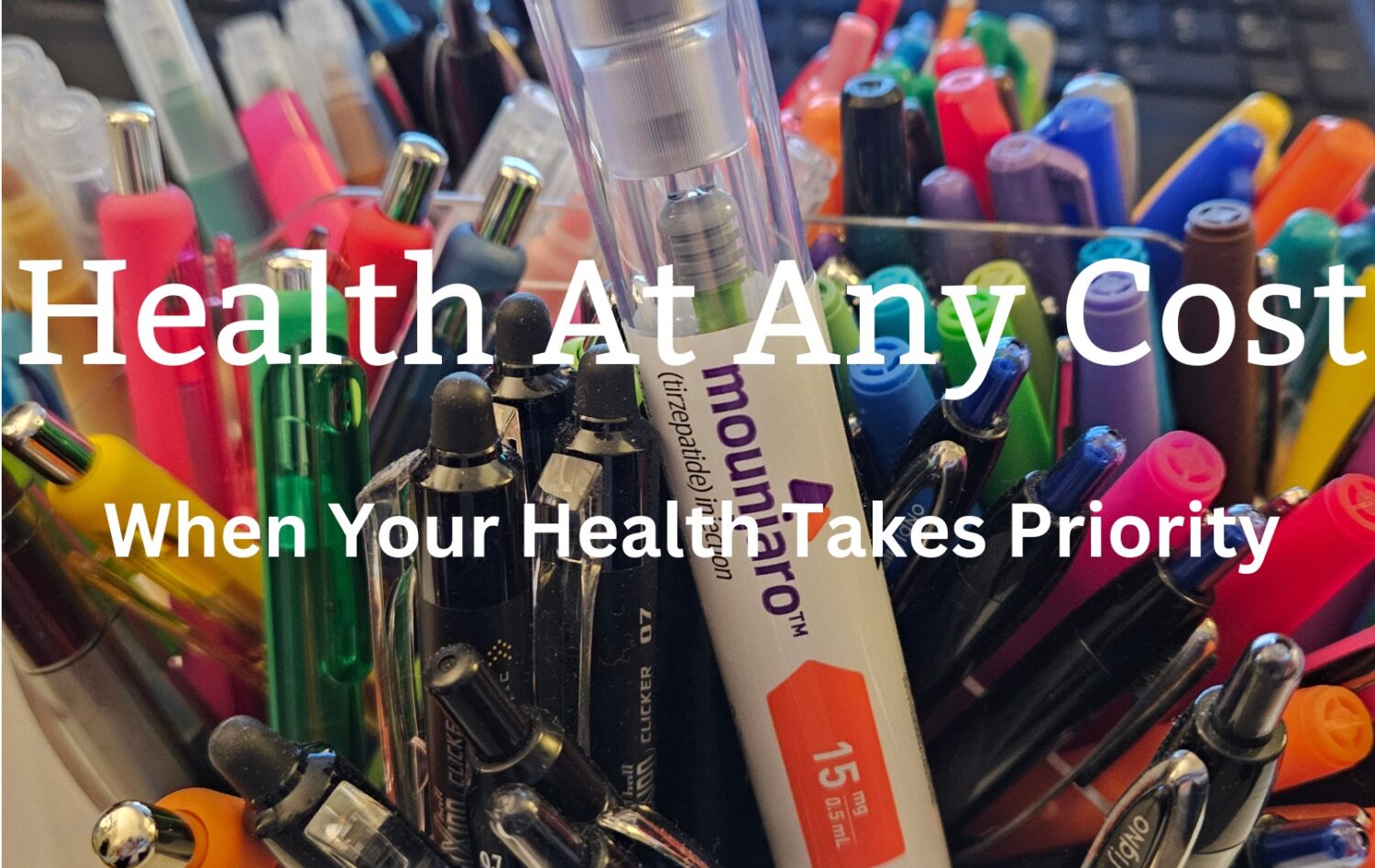
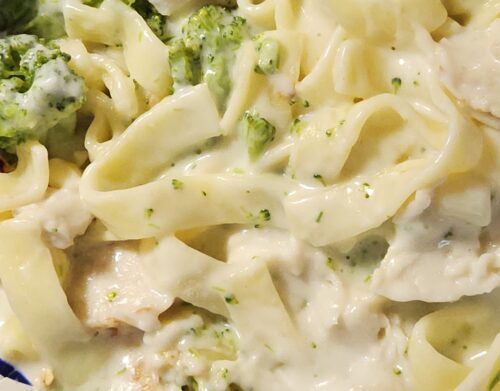
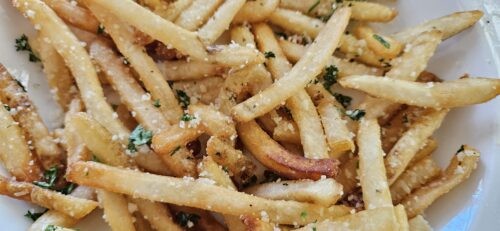


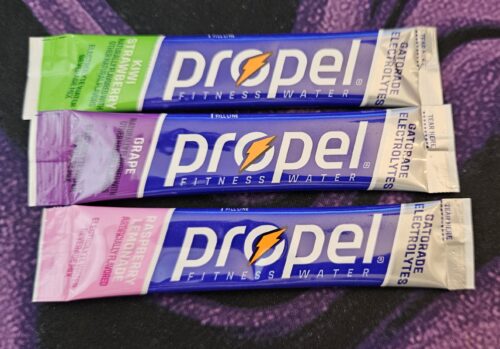
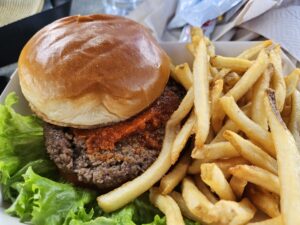

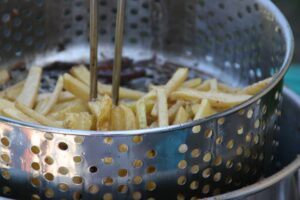
Great summary, Barb. I swear the main side effects sound like a Pepto Bismol commercial! Constipation, a little occasional nausea, and fatigue were the only side effects I had in the beginning. I’ve got them contained now one side effects sound that came along months after I’d started is injection site rash. Usually 2 days after my shot, and for 3-4 days, I get a red itchy rash about the size of a silver dollar. It’s usually gone by the time I take my next shot, but it’s EXTREMELY itchy. I use Benadryl gel and it feels better. No big deal.
OMG, they all DO sound like a Pepto Bismol commercial!! I never thought of that before. 😂🤣
You still get the rash? How interesting. Glad the Benadryl gel works!
Thanks for the comment, as always, MindyFriend! ❤
Love you Barb! I am 73 on a farm in Indiana. I lost 50 lbs in 10 months on Ozempic & Mounjaro. I am 193, 5′ 2″ with about 50 lbs to go. You inspire me through my weight stalls. Thank you and God Bless.
Wow, Kathy! You’re doing fantastic! Aren’t these meds a miracle… an arm of the miracle of hard work with medication? Please, please keep in touch and let me know how you are doing. I can’t wait to hear updates! Many hugs!